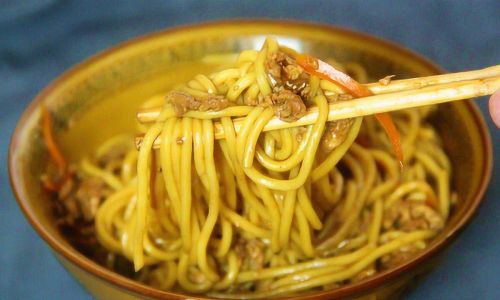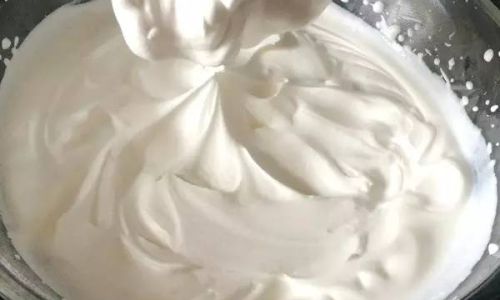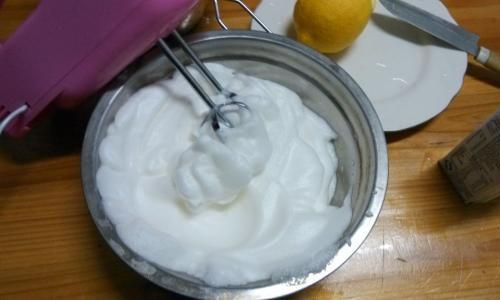Table of content
Introduction
Oranges, with their vibrant hue and tangy-sweet flavor, are a beloved staple in kitchens worldwide. Bursting with vitamin C, fiber, and antioxidants, they offer a refreshing snack or a versatile ingredient for culinary creations. However, the journey from harvest to table often poses a challenge: how to store oranges properly to maximize their shelf life and retain their nutritional value. Whether you’ve stocked up during peak season, received a generous harvest from a neighbor, or simply want to reduce food waste, mastering orange preservation is essential. This comprehensive guide delves into the science of storage, practical methods, and expert tricks to keep your oranges fresh, juicy, and delicious for weeks—or even months. From refrigeration hacks to creative freezing techniques, we’ll explore every angle to ensure not a single orange goes to waste.

Understanding Orange Storage Basics
Oranges, like all citrus fruits, are classified as non-climacteric, meaning they do not ripen further after harvest. Unlike bananas or avocados, which continue to mature post-picking, oranges’ sugar content and acidity levels remain static. This characteristic makes initial quality control critical—once picked, their flavor and texture can only degrade or be maintained. Several factors influence their longevity:
- Temperature: Oranges thrive in cool environments. Exposure to heat accelerates decay, while freezing damages cell structures.
- Humidity: Low humidity causes dehydration, leading to shriveled skin and dry flesh.
- Ethylene Gas: Produced by some fruits (e.g., apples, bananas), ethylene can trigger spoilage in oranges.
- Physical Damage: Bruises or cuts create entry points for mold and bacteria.
By controlling these variables, you can extend an orange’s lifespan significantly.
Optimal Storage Conditions
Temperature Control
The ideal storage temperature for oranges ranges between 38–48°F (3–9°C). This range slows microbial growth and enzymatic activity without causing freezing damage. Refrigerators are perfect for long-term storage, but avoid the coldest sections (e.g., freezer compartments) to prevent ice crystals from forming.
Humidity Management
Oranges require 90–95% humidity to prevent moisture loss. Refrigerator crispers often have adjustable humidity settings; set yours to “high.” If unavailable, store oranges in a perforated plastic bag to retain moisture while allowing airflow.
Ethylene Avoidance
Keep oranges away from ethylene-producing fruits. Use separate drawers or containers to prevent premature spoilage.
Pre-Storage Preparation
Inspection and Sorting
Before storing, discard any oranges with visible damage, mold, or soft spots. These can spread decay to healthy fruit. Gently press the skin—it should yield slightly without feeling mushy.
Washing (or Not Washing)
Contrary to popular belief, do not wash oranges before storage. Moisture promotes mold growth. Instead, rinse them just before consumption. If peels are dirty, wipe gently with a damp cloth.
Handling
Handle oranges with care to avoid bruising. Use soft containers (e.g., mesh bags) rather than rigid boxes that may cause pressure points.
Storage Methods: From Fridge to Freezer
Refrigerator Storage
- Perforated Bags: Place oranges in breathable plastic bags with small holes to balance humidity and airflow.
- Crisper Drawers: Use the high-humidity setting and avoid overcrowding.
- Shelf Life: 3–4 weeks when stored correctly.
Countertop Storage
If refrigeration isn’t an option, store oranges in a cool, dark place (e.g., a pantry) with good ventilation. Avoid direct sunlight, which accelerates ripening.
- Shelf Life: 1–2 weeks.
Freezing
Freezing is ideal for preserving juice, zest, or segments (not whole oranges, which turn mushy).
- Juice: Extract juice and pour into ice cube trays. Transfer frozen cubes to a freezer-safe bag.
- Zest: Grate zest and freeze in airtight containers.
- Segments: Peel and separate into segments; freeze on a baking sheet before transferring to a bag.
- Shelf Life: 6–12 months.
Canning and Preserving
- Marmalade: Cook oranges with sugar and pectin to create a shelf-stable spread.
- Syrup Pack: Simmer orange slices in a sugar syrup, then can in sterilized jars.
- Shelf Life: 1–2 years when processed correctly.
Drying
Dehydrate orange slices at 135°F (57°C) until leathery. Store in airtight jars for snacks or garnishes.

- Shelf Life: 6–12 months.
Shelf Life Expectations
| Storage Method | Temperature | Shelf Life |
|---|---|---|
| Refrigerator | 38–48°F (3–9°C) | 3–4 weeks |
| Countertop | 68–72°F (20–22°C) | 1–2 weeks |
| Freezer (Juice) | 0°F (-18°C) | 6–12 months |
| Freezer (Segments) | 0°F (-18°C) | 6–12 months |
| Canned | Room Temperature | 1–2 years |
| Dried | Room Temperature | 6–12 months |
Signs of Spoilage
Inspect oranges regularly for:
- Mold: Fuzzy green, white, or blue spots.
- Soft Spots: Mushy areas indicating decay.
- Off Odor: A fermented or sour smell.
- Leakage: Sticky residue from bacterial activity.
Discard spoiled oranges immediately to prevent cross-contamination.
Creative Preservation Techniques
Orange Zest Cubes
Freeze grated zest in ice cube trays with water or olive oil for instant flavor in recipes.
Infused Vinegar
Steep orange peels in white vinegar for a citrus-scented cleaning solution or salad dressing base.
Orange Powder
Dehydrate peels and blend into a powder for seasoning baked goods or teas.
Maximizing Freshness Beyond Storage
Meal Prep
Incorporate oranges into weekly meal plans to use them before they spoil. Ideas include:
- Salads with orange segments and greens.
- Roasted vegetables with orange glaze.
- Smoothies with frozen orange juice cubes.
Gifting
Share excess oranges with neighbors or donate to food banks to reduce waste.
Common Mistakes to Avoid
- Storing in Airtight Containers: Traps moisture and ethylene, accelerating spoilage.
- Ignoring Ethylene Sources: Placing oranges near apples or bananas.
- Overcrowding: Limits airflow and increases humidity.
- Forgetting to Rotate Stock: Use older oranges first to prevent waste.
Conclusion
Preserving oranges is both an art and a science. By understanding their biological needs and employing strategic storage methods, you can enjoy their zesty goodness long past harvest season. Whether you’re a casual consumer or a seasonal forager, these techniques ensure that every orange serves its purpose—nourishing your body, delighting your palate, and minimizing waste. So the next time you stock up on these citrus gems, remember: a little preparation goes a long way in keeping your oranges fresh, flavorful, and ready to enjoy.
Final Tip: Label and date your stored oranges to track freshness. A simple marker and sticky note can make all the difference in maintaining an organized, waste-free kitchen. Happy preserving!





0 comments